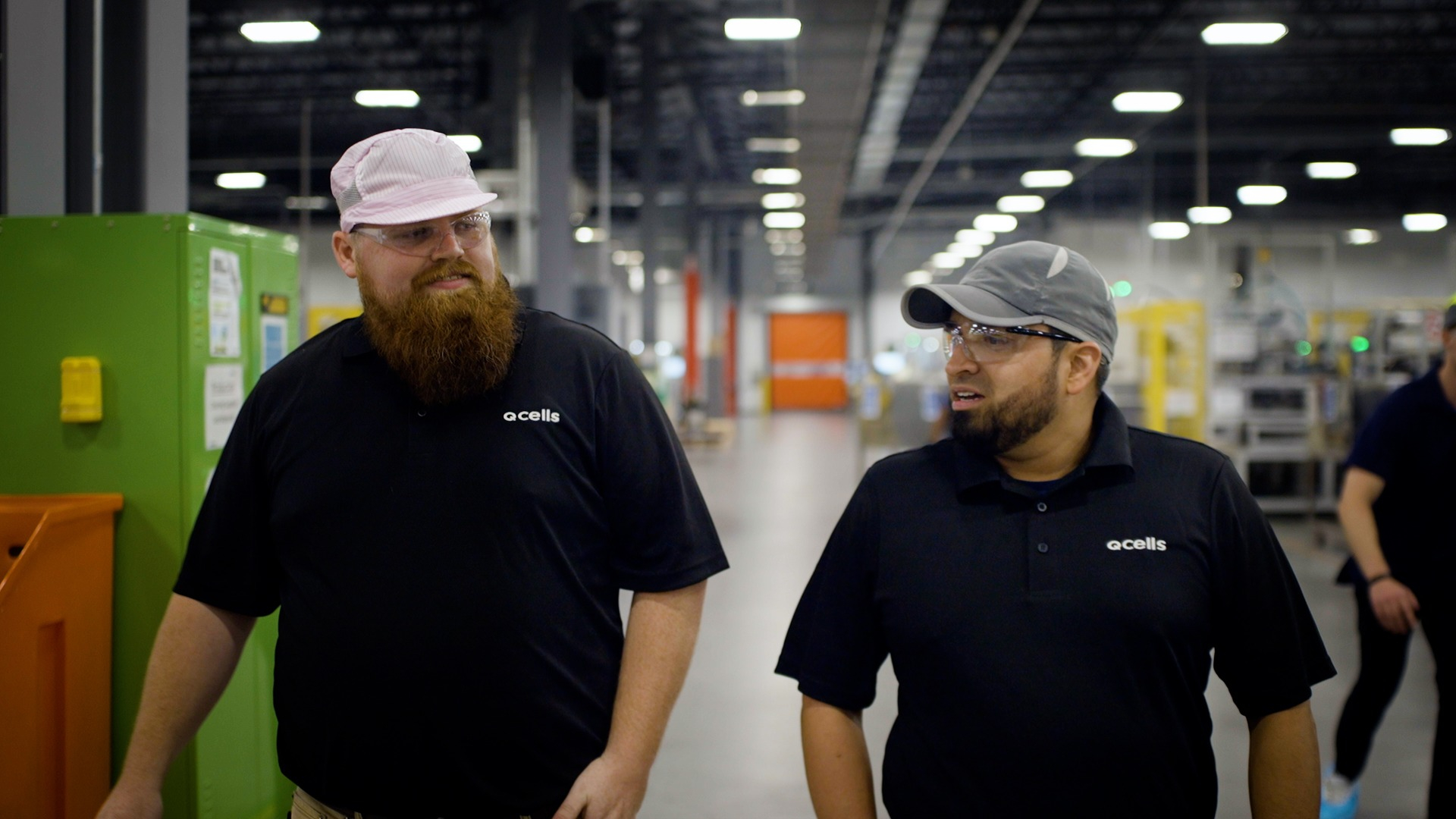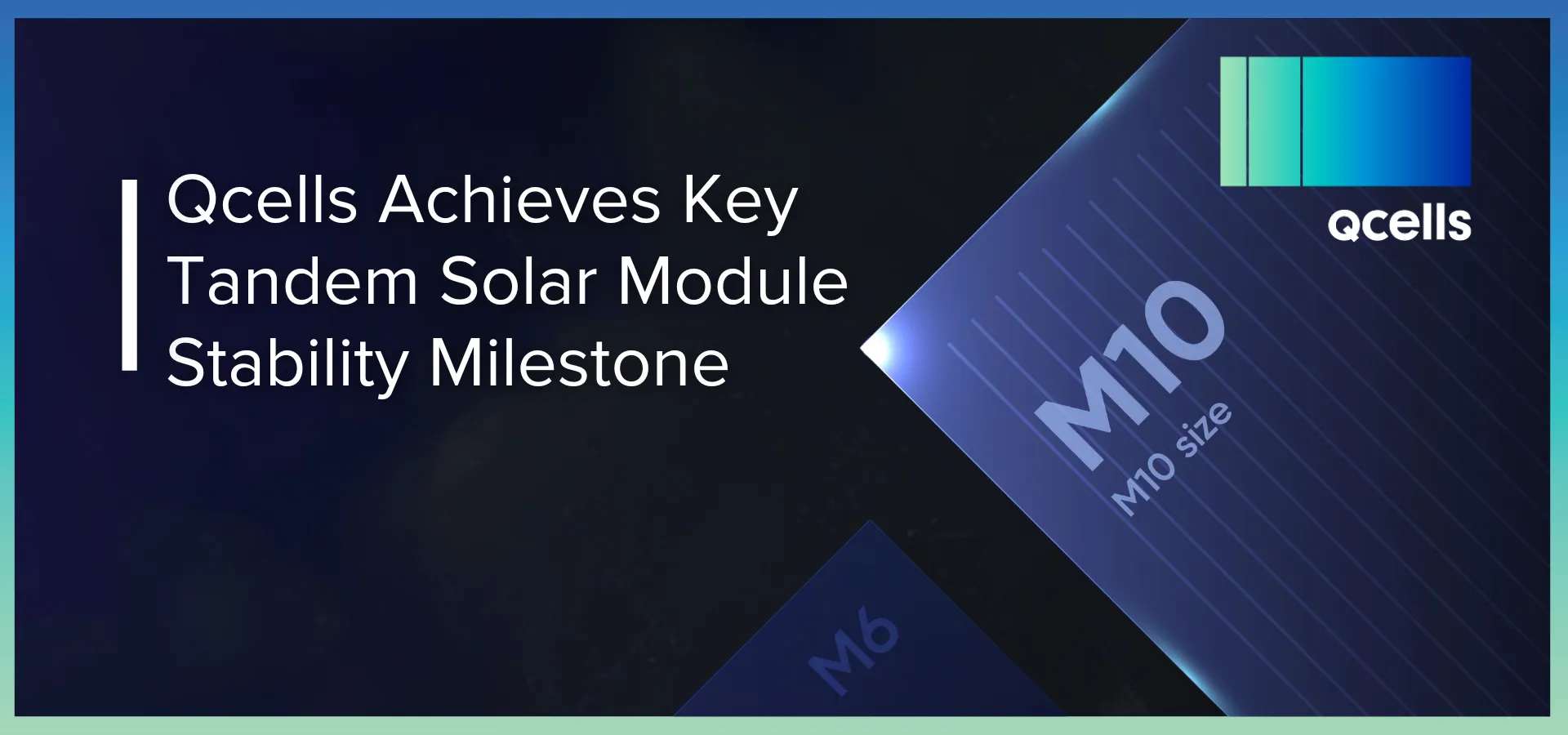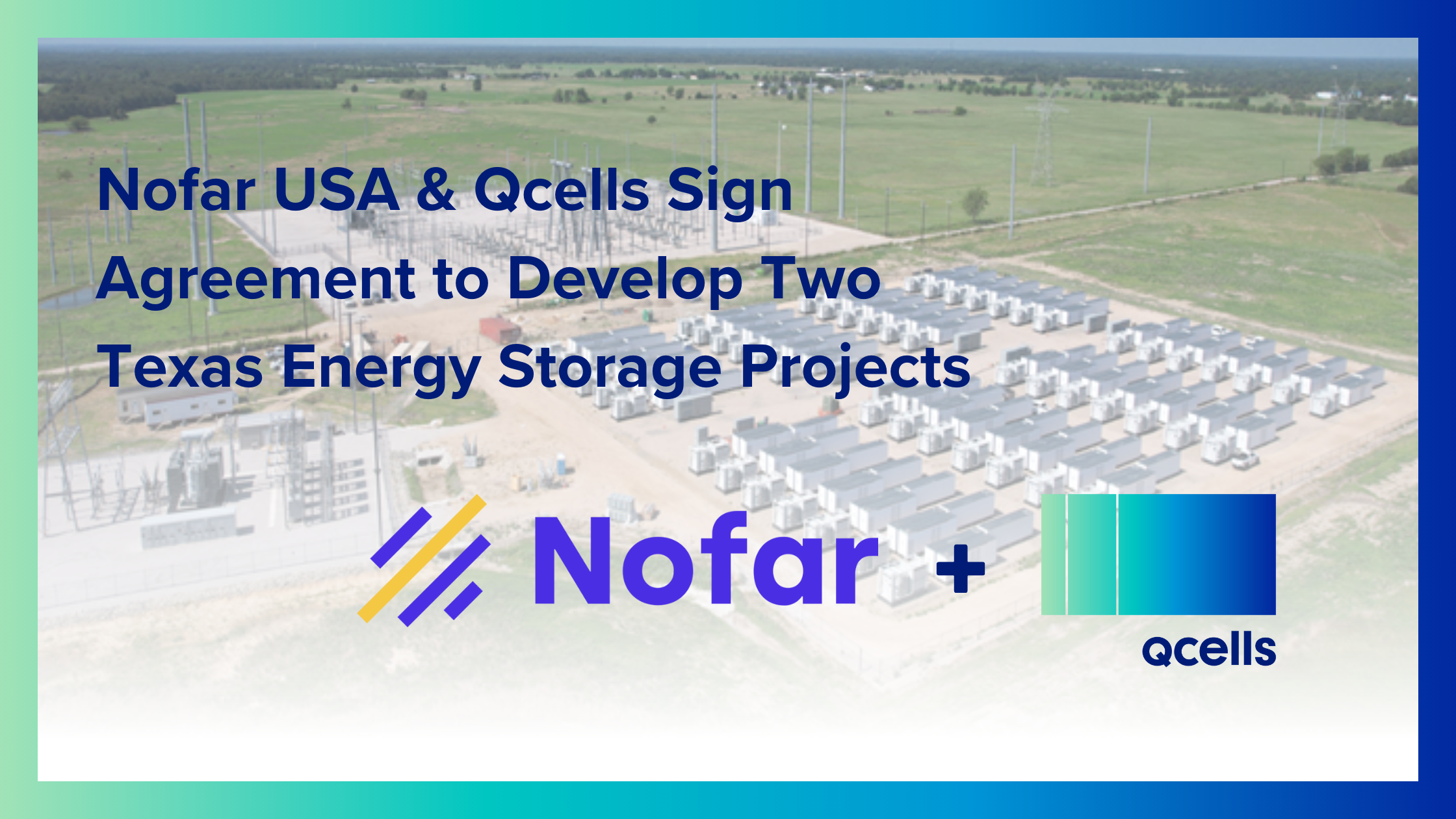The solar and storage industry will always think in terms of what happened before and after the Inflation Reduction Act (IRA) was enacted by the U.S. Congress, says Scott Moskowitz, head of market strategy and public affairs for Qcells North America.
A host of incentives for solar and storage are included in the climate provisions of the IRA, and have spurred excitement in the industry.
“We will always look at the history of our industry in two eras now that the Inflation Reduction Act has passed,” says Moskowitz.
The IRA is widely expected to increase investments in solar and storage and improve project economics for developers and their end customers. Many observers also point to the fact that it will boost solar manufacturing in the U.S. That could mean additional module assembly as well as rebuilding the full solar value chain in the U.S.
Clean Energy Manufacturing Incentives
“The IRA contains some of the most ambitious clean energy manufacturing incentives enacted anywhere in the world,” says Moskowitz.
For its part, Qcells has a large assembly plant in Dalton, Georgia and has plans to expand its U.S. manufacturing capability across the supply chain.
Qcells to Supply Eco-Friendly Materials for the Growing Solar Market
That supply chain will span from U.S. produced polysilicon all the way to fully assembled modules. Qcells parent company Hanwha Solutions recently became the largest shareholder of REC Silicon, which will produce polysilicon in a plant that uses 100% carbon-free hydropower. This will allow Hanwha and Qcells to provide eco-friendly materials for the U.S. solar market as demand builds due to the IRA’s passage.
The manufacturing requirements in the IRA will “supercharge” clean energy manufacturing across the U.S., Moskowitz says. “It is targeted on the exact pieces we want to manufacture in the U.S.– solar cells, wafers, modules and other equipment that are critical to building solar power plants.”
Game-Changing IRA Provisions
The climate provisions of the IRA include up to 50% in investment tax credits (ITC) for solar, provided solar developers meet certain requirements. Also game-changing is a provision allowing investors to sell tax credits to third parties, rather than getting involved in complicated partnerships.
“Complex tax equity structures are no longer required. You can transfer credits to other entities or recieve them directly if you are a non-profit. This opens up new customers who previously had a hard time monetizing tax credits,” says Moskowitz. This will help increase the market across the country.
The IRA also extends the Production Tax Credit (PTC) to solar, giving developers the option of choosing between the ITC or PTC. And it expands the ITC to include standalone energy storage.
Adders Boost the ITC Levels
Before the passage of the IRA, the ITC for solar was scheduled to drop from the 30% level of 2019 to 10% for projects started through the end of 2023. The IRA increased the ITC to 30% and offered additional adders. Sourcing components manufactured in the U.S. boosts the ITC from 30% to 40%. Additional adders are available for building solar and storage projects in under-resourced communities.
Qcells is now re-visiting projects in areas where the IRA may help tip the scales significantly, said Brian Gallagher, project development executive for the Qcells Distributed Energy team.
Something for Everyone in the IRA
The IRA has something for everyone in the solar and storage industry: manufacturers and developers and their customers, all of whom benefit from investing in clean energy in the “after the IRA” era.
This article is for general informational and reference purposes only. The statements contained herein do not constitute tax or legal advice and should not be construed or relied on as such. Readers should consult their own tax and legal advisors before taking any position or making any decision based on anything contained in the foregoing.





 USA & Canada
USA & Canada Korea
Korea Germany
Germany United Kingdom
United Kingdom France
France Italy
Italy Netherlands
Netherlands Greece
Greece Poland
Poland Portugal
Portugal Hungary
Hungary Spain
Spain Japan
Japan